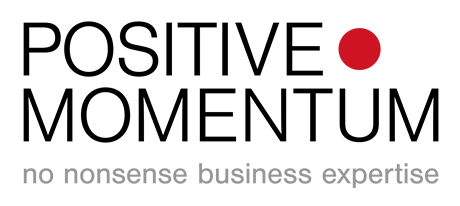The last few months have seen unprecedented digital acceleration, and have demonstrated that ‘the office’ is now one half of ‘work space’.
As we make our first steps back into the office, company values should drive the thinking around space in the future of work.
How do you live your company’s values in the space you use? That’s a question not just for CEOs, or Property Leaders, but also for CTOs, because it’s impossible to separate ‘where we are’ from ‘the technology we use’ and the workflows we create to do it.
Define your company values
Before you can bring values to life for your people in your space, you have of course to be clear what they are, and they should be clearly articulated and easy to remember. If you haven’t done that, run a values workshop. Here (Harvard Business Review) is a good method to follow.
Bring together a User Group to work out how you bring your values to life in your work space.
For this you will need to involve your users, ie. the colleagues you work with, outside the Property Team. Make sure you involve a representative cross-section of the workforce to understand the full range of needs your colleagues have from your working environment.
Here are some example questions to ask.
For example, if collaboration is important to you as a company, what does collaboration look like inside and outside the office – that is to say across the totality of space your work occupies? How do you facilitate focus, either working together or alone, and conversely diversion – breaks away from work?
If sustainability is a key part of your values, then the energy consumption of your spaces will be important, as well as the energy used to travel to those spaces, including home. If your company has made a commitment to carbon neutrality, then how do you achieve that in your space ecosystem?
What about flexibility? We’re living in a world where rules and safety guidelines are in flux and are likely to continue to evolve in the coming months. How can configurations of space – not just offices, but the mix of remote versus office time – flex while maintaining productivity? How can your people transition between remote and office locations seamlessly?
Employee wellbeing is much higher on the agenda nowadays. It’s a big area with many aspects to consider: the ergonomics of working, both in the office and out. How do people move through your spaces in the safest and healthiest way possible. It’s not good for us to spend lots of time sitting down. On the mental health side, interaction with colleagues is healthy – how does your space facilitate that? And also how do you give your people the space for peace and quiet when they need it?
Inclusion goes hand in hand with diversity. How do you use your space to make a diverse range of people feel like they can do their best work with you? It’s to do with accessibility, not just for colleagues with disabilities, but making spaces open and welcoming – the atmosphere you create. An aspect of diversity which is often overlooked but particularly important in tech roles is neurodiversity – how do you give those who want it the space to think and be alone. With your space, you can create a sense of belonging for everyone.
Keep talking & stay agile
Keep your User Group engaged. They’re your communications channel with your customer base. Make sure you meet regularly (I’d suggest monthly) to find out what’s working and what you can improve. As your year moves through the seasons, people’s routines change. More people will cycle in better weather. There are more coats, umbrellas & slush in winter. This year, however, the biggest influence on changing routines will be guidance and regulation over COVID.
Thanks to digital acceleration, we are no longer confined by physical space. Work space transcends the four walls of the office. The office is back in a new form, but it’s now not the whole story in the future of work. And the heroes of that story will always be people, and the code by which we work together is values.









